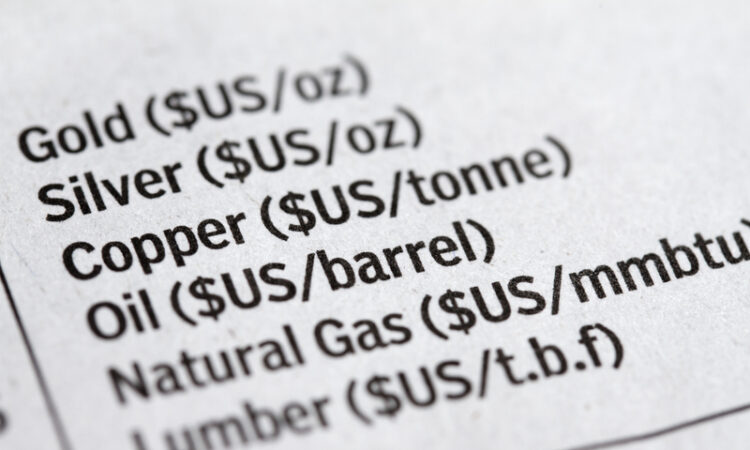
Analyzing commodity prices can be a significant challenge even for the most informed traders and retail investors. No sector is immune from the effects of global events, the climate, inflation, labor availability, and dozens of other factors. For those who don’t want to spend hours studying charts and performing deep-dive research, there are different ways to get into the action.
That’s why some individuals explore copy trading on their favorite brokerage platforms, venturing into equities or focusing on precious metals instead. But for most commodities devotees, scanning the significant trends is essential before deciding which method works best. In 2023, the main things people are watching are US natural gas prices, the soy market, inflation trends, the ongoing Ukraine-Russia war, the global supply chain slowdown, diesel fuel supplies, electric power capacity, and container ship activity. If you want to jump into the commodities sector, consider the following points before mapping out a plan of action.
Electricity & Container Ship Trends
Trying to predict the prices of electrical capacity is nearly impossible, even for those who follow the bids and sales of the market very closely. Recent swings in the cost of contracts for electric provider capacity have been all over the map. For the rest of the year, it’s possible that there could be some settling, particularly as winter passes and providers purchase what they need for the balance of 2023. Container ship movement is much simpler to analyze because the data is available in real time and is easier to decipher. What is behind the recent slowdown in transit times? The most likely culprit is the massive stagnation of the Chinese economy, continued trade lethargy from the long COVID pandemic, and near recessionary circumstances in several developed nations.
Using Copy Trading in Volatile Markets
Many of today’s leading brokers offer copy trading solutions for account holders who want to emulate leading traders’ transactions. The copying capability is built into an app that allows users to designate a lead trader and place some or all their own capital in the copying account. From there, the entire process is automatic. The sheer simplicity of the technique attracts many newcomers who want to watch and learn before employing other strategies.
Copying gives people a chance to avoid deep, time-consuming analysis of commodities and frees them up to pursue non-trading interests in their spare time. What other options are available besides copy trading? The beauty of the modern world is that there are multiple ways to get involved in commodities, equities, cryptocurrency, and any number of securities and asset classes. Top choices include futures, options, and direct purchase of commodities in energy, natural resources, and several additional niches.
Soy & Droughts in Argentina
Argentina is one of the world’s most important providers of soy products, but a recent long-term drought has wreaked havoc on that nation’s ability to supply soybeans and oil to its many buyers. Whether investors are looking at using CFDs to get involved in soy assets or wish to play the market directly, there’s a high likelihood that if the drought continues, prices might respond accordingly. Even if there’s no shortage of soy-based agricultural products, a temporary price hike is almost certainly in the works.
The War in Europe Still a Major Factor
Last month’s breakdown in peace talks between Russia and Ukraine indicated that the European war could continue indefinitely. Hopes for a quick resolution are no longer part of the scenario. For commodities, that means continued pressure on oil, natural gas, and several other energy assets. Many nations in the EU bloc have found alternative sources for diesel and oil, but French and German citizens are paying more for fuel oil and natural gas than they have in years. Market watchers should pay close attention to news of treaties and escalation of hostilities. In the event of a major change, for better or worse, global commodity markets could experience abrupt and deep changes, especially in the energy-related sectors.
Supply Chain & Inflation
The global supply chain slowdown began more than two years ago. International container ships are moving at their slowest rate since 2015, and ports in several major trading centers struggle to unload and refill the carriers. Natural gas and diesel fuels are two other factors in the worldwide economic puzzle. The US is experiencing a glut of natural gas, which could impact prices all over the globe. Likewise, inflation will certainly play a role in the general price levels of all major commodities. It’s wise to watch national bank policies regarding interest rates and money supply.
Photo: Dreamstime.com










